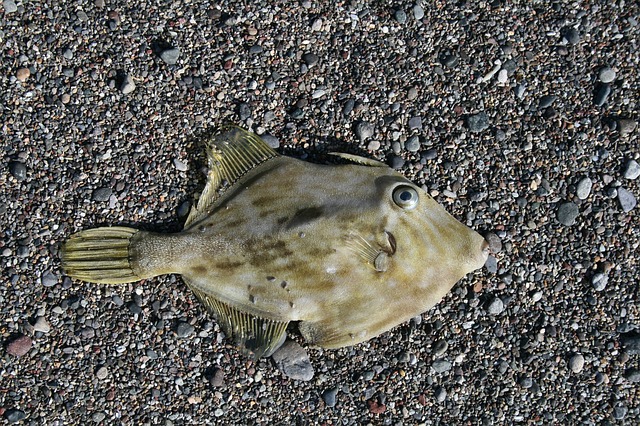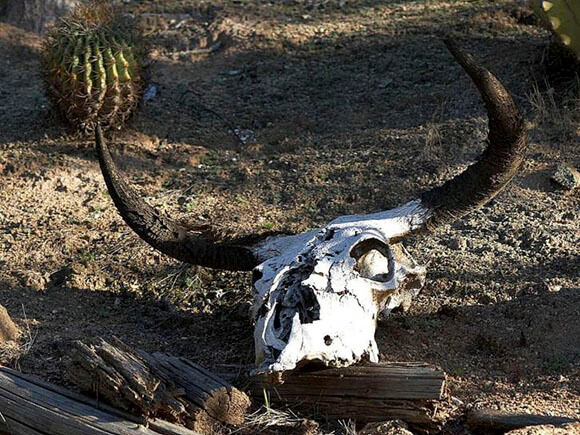What is Rigor Mortis?

Crime scene cleaners have a duty to the local community to keep everyone safe. Dead bodies leave a trail of the ultimate hazardous material, which we work to remove. Our priority is to restore the home to make it habitable for the next generation, and bring peace to the grieving families.
From friends and family, we get asked from time to time what it’s like to work around dead bodies. Most of the time we’re called after the dead bodies are transported and the scene is cleared. But, being in the business for over 20 years, there have been jobs where we had to start restoring areas immediately — even as early as when the decomposing body is in this stage of death.
When we talk about rigor mortis — or sometimes “rigor” — we’re talking about the stiffening of a body. The name comes from traditional Latin and roughly means stiffness of death. You’ve probably heard the name before — it’s usually a subject of creepy horror movies, crime scene investigation shows, and even some morbid songs (Kendrick Lamar even named one of his singles Rigamortis).
How long does it last?
There are three general stages of Rigor mortis:
- Stiffening
- Relaxing
- Stiffening (again)
Although the stages are sequential, they can repeat, and they are highly influenced by the environment. Colder environments slow the progression whereas hotter environments speed it up. Typically, the timeline lasts a day, but depending on a variety of factors, it can take up to several days.
When does it set in?
The first stage (stiffening) starts as soon as a few hours after death. But many people are surprised to learn that it does go away. Bodies become pliable again, sometimes a day or two later, before assuming their final position.
- The first stiffening occurs as the body cools, often within the first or second hour.
- Fluids are pulled by gravity to the bottom of a corpse.
Muscles, tendons and ligaments all relax and then begin to stiffen, starting with the face.
What causes it?
It occurs after death because dying spurs a chemical change in cells producing adenosine triphosphate (ATP). Animal and human muscle cells continue to work for a little while, and that’s not the only thing that continues functioning. The digestive enzymes and bacteria in our guts are living things, and they’ll continue living as the body is inhabitable to their survival.
After a day or two, the body will soften, and a buildup of gas might lead to some extreme farting (or worse.)
The Body Softens a Few Days Later
Sometime during the first few days after death, the body will soften again, somewhat. It won’t be as pliable as a living body, but it will become considerably softer for a few hours or a few days before the final stiffening.
… But The Stiffening Must Go On
Several days after a death, all the muscles will become rigid again. One of our cleaners is a former funeral director who remarks on the process, “Bodies can go through some significant contortions at this point, and it can be absolutely unnerving to rearrange a body that’s been up all night doing calisthenics. That’s precisely what it looks like! Sometimes they curl up a little, move their arms, or make gnarly grimaces with their face and neck.”
As eerie as it undoubtedly is, rigor mortis is a natural part of the process albeit occasionally humorous. That could be the reason why it is referenced in so many morbid pop culture references, or Halloween cinema. As humorous and marveling it may be, it is still a piece to an overall serious matter, and very important to forensics.
Does Rigor Mortis and Lividity Help Forensics?
If you’re into crime TV or murder mysteries, you probably already know the stages of death can tell us a lot about the death. Beyond helping us determine if foul play was involved, we can learn about the place of death, the ambient temperature and the surroundings.
For instance, a body found in a sitting position in a recliner may “act” differently than a body found lying flat on a bed. That’s because the fluids drain downwards.
Our former funeral director teammate can tell you from personal experience: “the body of a 300-lb male stuffed into a closet can be tough to stretch into a normal casketing position”.
Rigor is not the only marker used by forensics. There’s also livor mortis (or lividity), skeletonization, cadaveric spasms, and many more.. All components of the process are taken into account, but it depends on the investigation as well.

Is it safe to eat a fish with rigor? Only if it’s been handled and stored properly
Animals Are No Exception to The Process
The bodies of mice, for instance, go through a very similar process that lasts as long as humans. So do pigs and fish. In fact, some people even wonder “can you eat fish with rigor mortis?” because the bodies of caught fish go through it rather quickly after death.
It should go without saying (but apparently it doesn’t): Don’t eat the stiff fish. It probably hasn’t been handled and stored properly.




